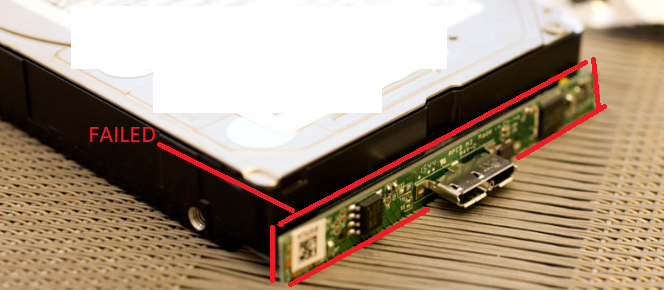So I safely ejected a Seagate Backup Plus 4 TB from an Nvidia Shield then I plugged it into my Windows 10 desktop to transfer some files and it didn't show up in File Explorer so I figured I needed to assign it a different drive letter but I couldn't find the drive under disk management either....
After that I plugged it into a Windows 10 laptop and another desktop running Windows 7. I couldn't see the HDD on either computer in file explorer or disk management. Oddly, the only machine I could feel the HDD operating on was the Windows 7 machine. Is this drive toast?
After that I plugged it into a Windows 10 laptop and another desktop running Windows 7. I couldn't see the HDD on either computer in file explorer or disk management. Oddly, the only machine I could feel the HDD operating on was the Windows 7 machine. Is this drive toast?
![[H]ard|Forum](/styles/hardforum/xenforo/logo_dark.png)
